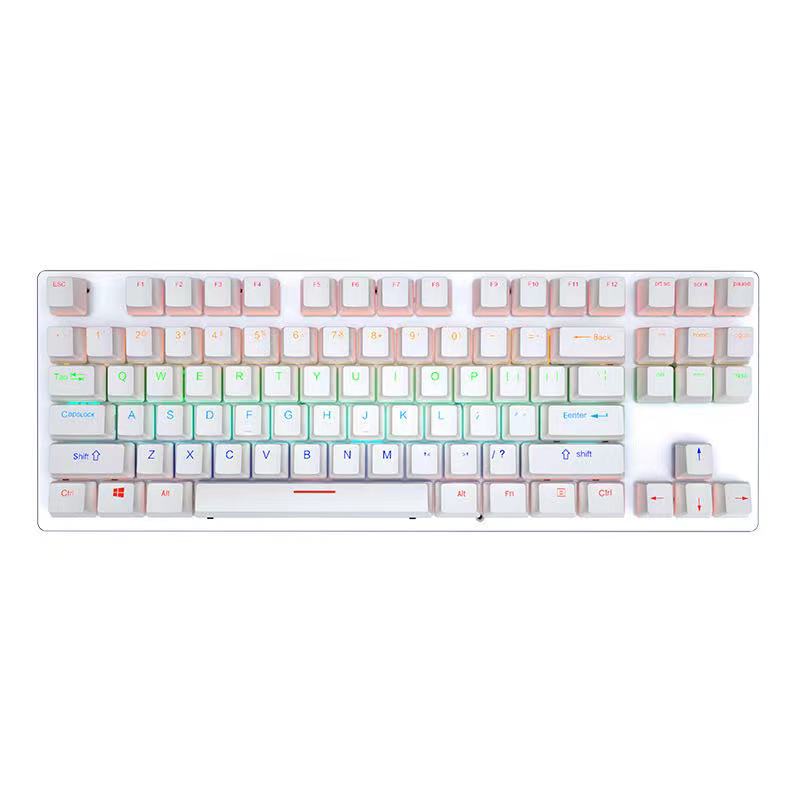Keyboard layouts are the foundation of our typing experience, and while the QWERTY layout is the most widely used, alternative layouts like Dvorak and Colemak have gained attention for their potential ergonomic and efficiency benefits. Let’s explore the differences and considerations when choosing a keyboard layout.
QWERTY Layout:
- The QWERTY layout, named after the first six letters in the top row of the keyboard, is the standard layout for most English-language keyboards.
- It was designed for typewriters in the 1870s to prevent jamming by placing commonly used letter combinations apart from each other.
- QWERTY is the most widely used layout globally and is supported by virtually all operating systems and devices.
Dvorak Simplified Keyboard Layout:
- The Dvorak layout, developed by Dr. August Dvorak in the 1930s, is designed for efficiency and reduced typing strain.
- It places the most frequently used letters and letter combinations on the home row, promoting faster and more comfortable typing.
- Advocates of the Dvorak layout claim increased typing speed, reduced finger movement, and decreased typing-related discomfort.
Colemak Layout:
- The Colemak layout is a compromise between the QWERTY and Dvorak layouts, aiming to be more accessible for QWERTY users transitioning to an alternative layout.
- It retains many QWERTY key placements while optimizing some for efficiency.
Considerations When Choosing a Layout:
- Learning Curve: Switching to a non-QWERTY layout can be challenging and may require time and effort to adapt.
- Compatibility: Consider whether your operating system and software support your chosen layout. While QWERTY is universally supported, alternative layouts may require additional configuration.
- Ergonomics: If you experience discomfort or repetitive strain injuries (RSI) while typing, an ergonomic layout like Dvorak or Colemak may be worth exploring.
- Typing Efficiency: Assess your typing needs. If you prioritize typing speed and efficiency, an alternative layout may offer benefits in the long run.
In conclusion, keyboard layouts have evolved over the years, and while QWERTY remains the standard, alternative layouts like Dvorak and Colemak offer potential ergonomic and efficiency advantages. When choosing a layout, consider your typing habits, comfort, and willingness to adapt to a new system.






